The Kansong Art Museum, the oldest private art museum in South Korea, reopened in the spring, marking the end of extensive restorations and the beginning of a new chapter in preserving Korea’s cultural heritage.
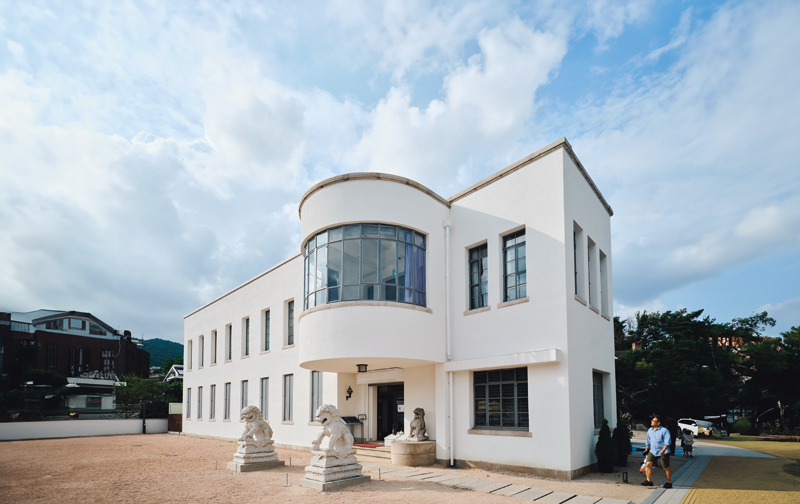
The Kansong Art Museum was founded for the protection and research of Korea’s cultural treasures. In its early years, the private museum focused on studying items in its collection. In 1971, it opened its doors for the first time with an exhibition of the works of Joseon era landscape painter Jeong Seon. Since then, the museum has held brief public exhibitions every spring and autumn.
After 19 months of repair and restorations, the Kansong Art Museum in Seoul celebrated its reopening in May with the Bohwagak 1938 exhibition. Between May 1 and June 16, it drew 30,000 visitors, a reminder of the enthusiastic attention that the museum sparks twice a year.
Situated in Seongbuk-dong, the museum is known for hosting exhibitions for brief periods only in the spring and autumn. For this year’s spring exhibit, the museum changed course, limiting admissions to one hundred people per hour to avoid long lines and prevent overcrowding. Some of its earliest acquisitions were put on display for the first time, while blueprints and other materials detailed the museum’s restoration.
Bohwagak, the “house of shining treasures,” was the museum’s original name. It was established in 1938, during the Japanese colonial period, by Jeon Hyeong-pil (1906–1962), whose pen name was Kansong.
Jeon purchased every item in the museum’s collection with his own money. Having inherited a prodigious fortune, he was among the five wealthiest persons in Korea at the age of 28. Influenced by Oh Se-chang (1864–1953), an independence activist and calligrapher, Jeon set his sights on collecting artifacts to protect Korea’s cultural heritage.
He purchased the land where the museum now sits and four years later commissioned Park Kil-yong (1898–1943), one of Korea’s first-generation architects, to design a building to preserve his burgeoning collection and conduct research. Park drew on minimalist modernism, the architectural trend of the time. In recognition of its historical value, the museum was designated as a National Registered Cultural Heritage in 2019.
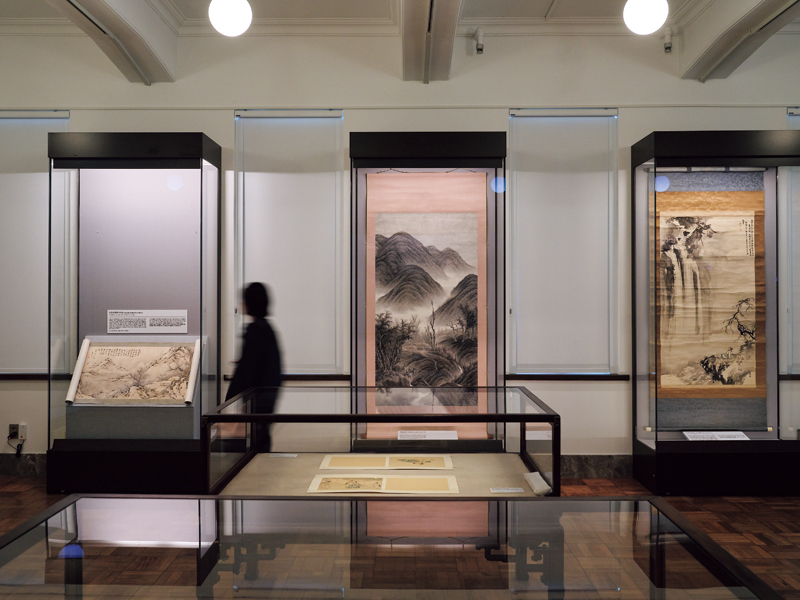
Following a 19-month renovation, an exhibition celebrating the reopening of the Kansong Art Museum was held between May and mid-June this year. The first-floor exhibition hall displayed materials that shed light on the construction of the museum, while the second floor showed paintings, calligraphic works, and artifacts revealed to the public for the first time.
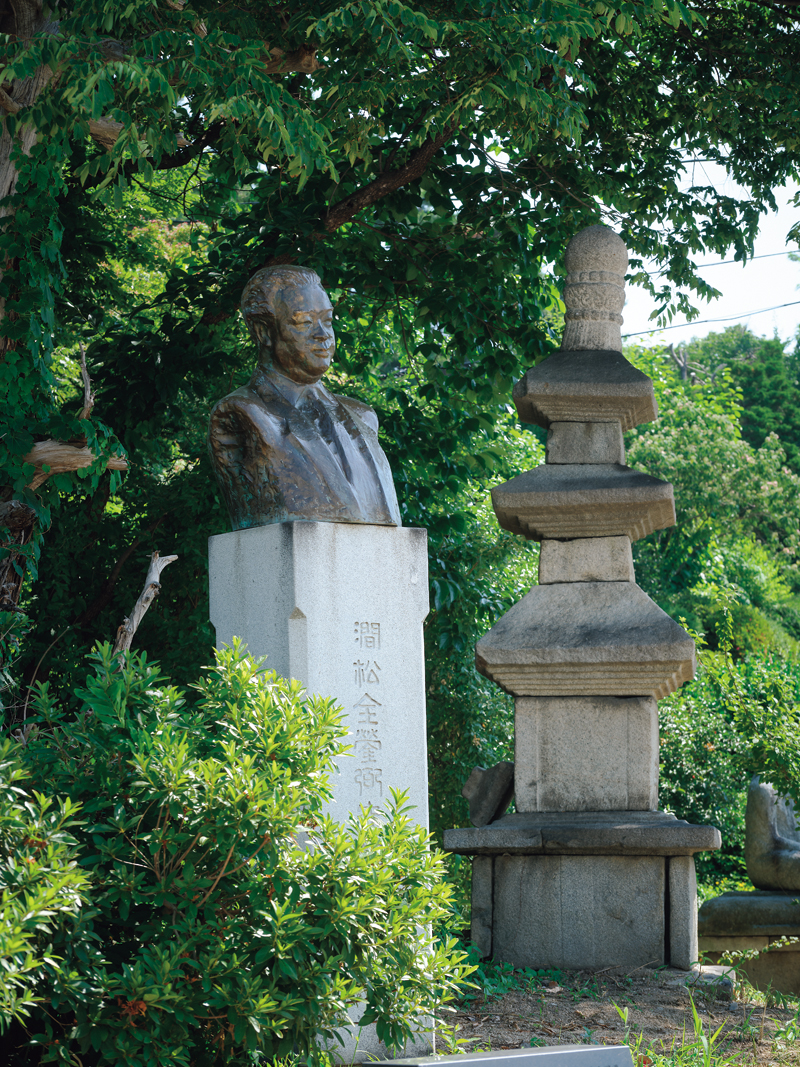
Bust of Jeon Hyeong-pil in the Kansong Art Museum’s garden. An educator and discerning art collector, Jeon dedicated his life to protecting Korea’s cultural heritage, making use of his immense inherited wealth.
VAST COLLECTION
The Kansong Art Museum is often referred to as a “treasure trove.” The exact size of the collection has never been revealed, but it is known to have more than 10,000 items, including paintings, calligraphic works, books, ceramics, and handicrafts from the Three Kingdoms period to the late Joseon Dynasty and the modern era. Among them, twelve are designated National Treasures of Korea and thirty are classified as Treasures.
Notable works in the collection include the Album of Genre Paintings by Shin Yun-bok (ca.1758–1814) and the Album of the Sea and Mountains by Jeong Seon (1676–1759); both were eminent painters who left an indelible mark on Korean art history.
Another painting by Shin, Miindo (A Beautiful Woman), is arguably more famous among Koreans than Leonardo da Vinci’s Mona Lisa. Also noteworthy is the Gadsby Collection, acquired by Jeon Hyeong-pil in 1938 from John Gadsby, a British lawyer then residing in Japan. Jeon purchased 20 Goryeo celadon pieces from Gadsby for 400,000 won (approximately $290 at today’s exchange rate), which was equivalent to the cost of 400 tile-roofed houses at the time. Among them, four are designated as National Treasures.
The lavish expenditure for the Gadsby Collection reflects a sense of urgency. The outbreak of the Second Sino-Japanese War in 1937 aroused concern that Korea’s cultural treasures could be scattered and lost if the fighting spread. Jeon worked feverishly to expand his collection. If an item was deemed particularly valuable, he didn’t haggle for a better price and often ended up paying more than what was originally requested.
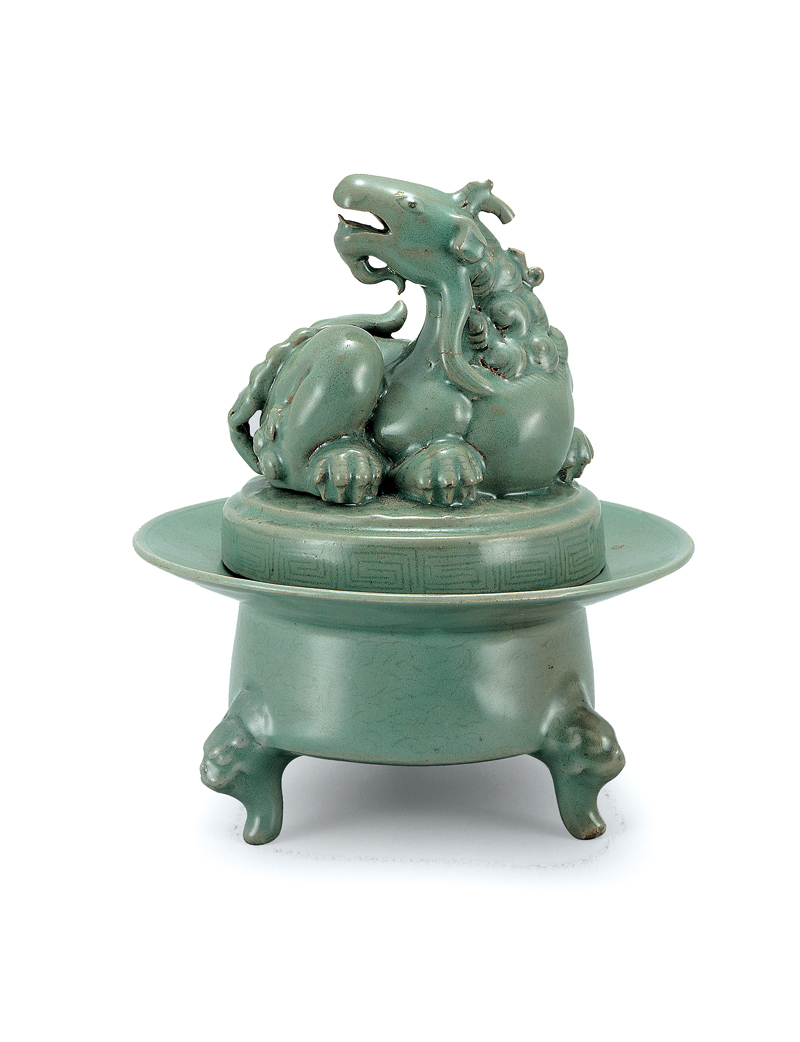
The Celadon Incense Burner with Girin-shaped Lid is part of the Kansong Art Museum’s Gadsby Collection. Believed to date to the 12th century, it was designated a National Treasure in 1962. The lid is carved in the shape of the mythical animal girin (qilin in Chinese) and was designed for incense smoke to be emitted from its mouth.
© Korea Heritage Service
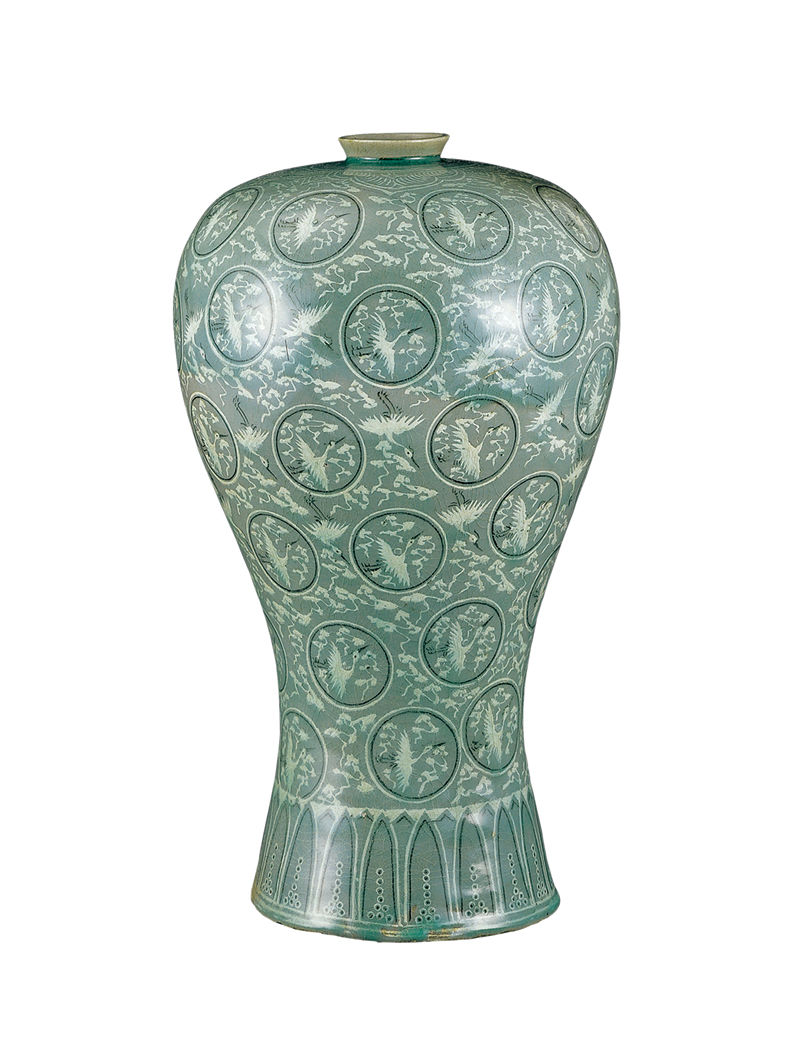
A signature piece of the Kansong Art Museum’s collection is the Celadon Prunus Vase with Inlaid Cloud and Crane Design. A work of consummate artistry, it is 42.1 cm high with a mouth diameter of 6.2 cm and a base diameter of 17 cm. It was designated as a National Treasure in 1962.
© Korea Heritage Service
NO. 1 ARTIFACT
The most famous national treasure in the museum’s collection is undoubtedly Hunminjeongeum haeryebon (Explanations and Examples of the Proper Sounds for the Instruction of the People). Hunminjeongeum is the original name of Hangeul, Korea’s writing system created during the Joseon Dynasty by King Sejong (r. 1418– 1450). Haeryebon (a.k.a. the Haerye Edition), published in 1446, is a commentary that explains and gives examples of how to use the Korean script. It is the only document in the world containing explanations of a writing system in actual use, provided by the person who created it. For this reason, the manuscript was designated as a National Treasure in 1962 and inscribed on the UNESCO Memory of the World Register in 1997.
Haeryebon was first discovered in 1940 in Andong, North Gyeongsang Province. Various records mentioned it, but until then, its existence had never been confirmed, so people could only speculate about the principles of Hangeul’s creation. The manuscript was found in the library of the home of a distinguished family around 500 years after it was written. Jeon, who had long searched for it, was astonished at the discovery.
Immediately recognizing its value, Jeon purchased the book for 10,000 won — ten times the asking price — and entreated that the transaction be kept secret. At the time, the Japanese authorities in Korea had banned the use of Hangeul and even arrested Hangeul scholars to crush the spirit of the Korean people. Jeon thus hid the book in a vault at Bohwagak.
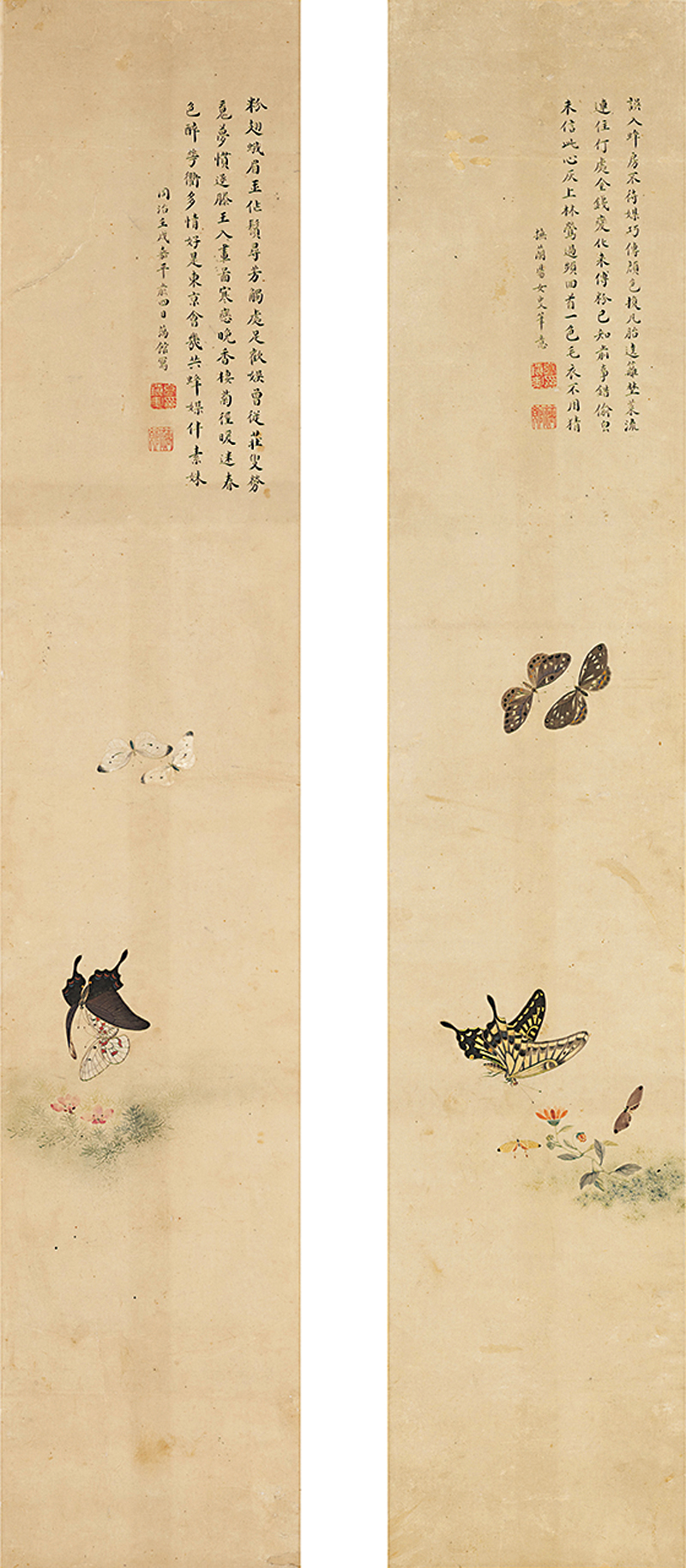
Flowers and Butterflies. Koh Jin-seung (1822–?). Colors on paper. Each 22.6 × 116.9 cm.
19th century.
Courtesy of Kansong Art Museum
Koh Jin-seung was a court painter during the Joseon Dynasty. Known to have observed butterflies and studied their ecology, his depictions of them are so meticulously detailed that they almost seem to be real.
SURVIVING CULTURAL TREASURES
Though Korea had regained its independence in 1945 after Japan’s downfall in the Pacific War, the Korean peninsula was divided into the South and North along the 38th parallel. When the Korean War erupted on June 25, 1950, Jeon evacuated his family but chose to remain in Seoul himself, hoping to keep Bohwagak’s holdings safe from North Korean troops. The invaders eventually found the collection and ordered National Museum employees to pack up the treasures to be sent to the North. But aware of the artifacts’ cultural and historical significance, museum staff stalled for time, making excuses such as compiling an inventory and needing larger crates. Their efforts were successful, as UN forces recovered Seoul in September, before anything was shipped.
Seoul soon fell again, however, when Chinese forces joined the North Koreans. This time, Jeon evacuated to Busan along with forces and civilians, loading the most precious items in his collection on a train and carrying the invaluable Hangeul commentary with him at all times. Before long, the artifacts he had left behind began surfacing in Busan. Apparently, they had been stolen and sold. After the war ended in 1953, Jeon returned to Seoul to find his museum badly damaged. Not one to despair, he set about repairing the building and tracking down lost treasures. His commitment to safeguarding Korea’s cultural heritage never waned.
After Jeon’s death in 1962, management of the Kansong Art Museum passed down to his son and then his grandson. In September this year, the three-story Kansong Art Museum Daegu opened, thanks to a land grant by the city of Daegu and 44.6 billion won in government funding.
The Daegu branch, operated by the Kansong Art and Culture Foundation, holds exhibitions of the Kansong collection. The inaugural exhibition features the most treasured items, the highlight being Haeryebon, which is showcased outside of Seoul for the first time since it was unveiled to the public in 1971. Ninety-eight items are on display, including the Celadon Prunus Vase with Inlaid Cloud and Crane Design (National Treasure No. 68), and Miindo, the most popular with visitors. The exhibition is scheduled to run through early December.
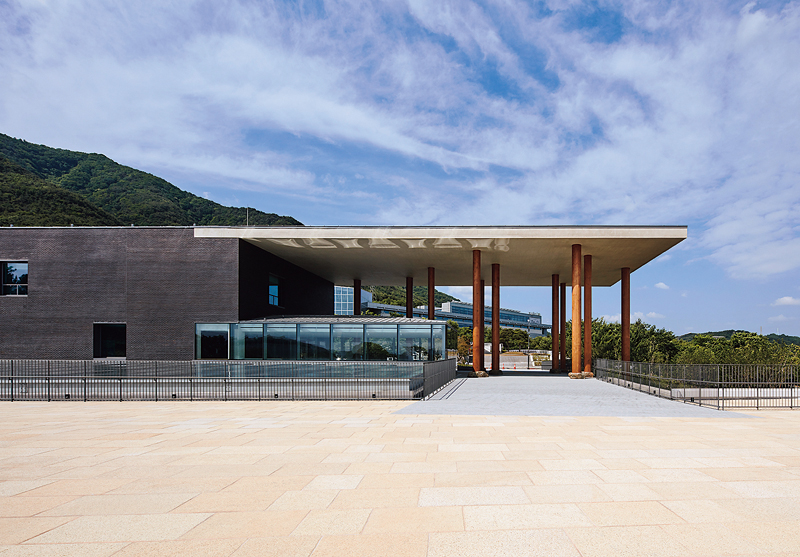
Kansong Art Museum Daegu opened on September 3 this year. It is the only permanent exhibition venue operated by the Kansong Art and Culture Foundation. The inaugural exhibition featuring selected National Treasures and Treasures from its collection runs until December 1.
© Kim Yong-kwan